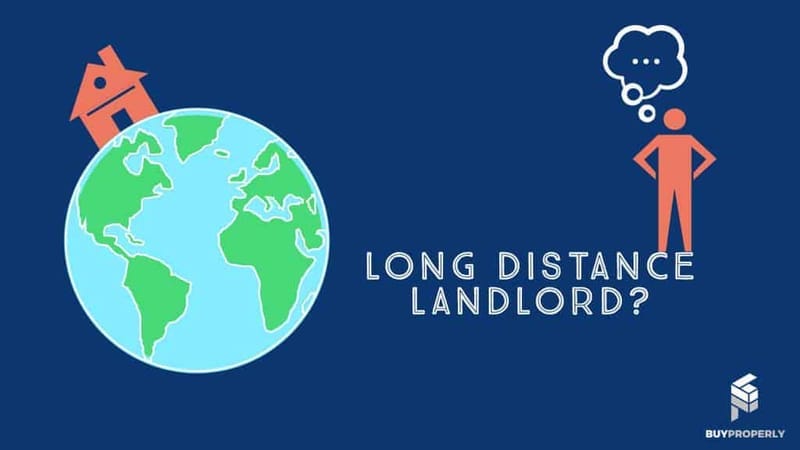Being a Long-Distance Landlord: Oh Lord! Challenges, Tips, and Strategies

Some people buy property as an investment and put it up for rent, some people relocate to a different area or move to a bigger house and transform their previous properties into rental properties. While any investment comes with a risk, rental properties are nice to have in one’s investment portfolio. Regular cash flow, appreciation of the property, tax benefits are some of the perks of having a rental property.
The Complexities of Long-Distance Landlordship
Owning properties at different places may seem like what celebrities do and something to aspire for. But for individuals, assuming you have the money, the time required to analyze and identify right properties to invest in, the hassle of finding a tenant and associated risk given regulations are geared towards tenants, the effort in property management, and dealing with taxes may not worth the trouble after all. If you think you have a great house or condo with no maintenance needs – wait till you become a long-distance landlord.
Essential Tools and Strategies for Successful Remote Property Management
Investing in rental properties has some benefits, but like any long-distance relationship, being a long-distance landlord has its challenges.
Here are some relevant tools and tips that you can leverage as a long-distance landlord to manage your long-distance relationship.
1. The tenant screening process
Before choosing a tenant, one must do due diligence and gather all the information about the people who will be living the rental property. Any rental application should collect the prospective tenant’s contact information, credit information, employment history, references and income history. Warning: even with all the screening, things can go wrong. That’s where rental insurance comes in. Aviva, Manulife and others provide such a service. This is super critical and worth the money you spend for peace of mind through vacancy or bad tenants.
2. Regular Communication
Like any other long-distance relationship, communication between the landlord and tenant can get tough. A long-distance landlord needs to communicate regularly with the tenants via email, phone or text message as they do not have the luxury to drop by and check the property anytime they feel like. The landlord and tenant should provide each other with an extra emergency contact in case either one cannot be reached at the given contact.
3. Have someone local
Asking someone from the area to keep an eye on the rental property can prove beneficial, as, in case of any problem or emergency, the landlord will be updated by the friends in area on the issue. It is also wise to have a good rapport with the repair people, as they can give an actual description of what actually went wrong.
4. Property Damage
Most tenants treat the property with respect and take care of it as their property, but sometimes even after all the screening, things don’t go as planned. Some scratches on the doors or walls are expected, stains on the carpet are also one of the typical damages to come across. But sometimes things can escalate to broken doors, appliances or even a window. Sometimes the tenants may repay for the damages; sometimes, they might leave the property and leave you hanging.
5. Sudden evictions
There can be various reasons for sudden eviction, but it leaves the landlord in a volatile place. The cash flow suddenly stops and has to start the whole process all over again, plus the distance does make it any easier.
BuyProperly takes on the operating hassles and allows you to earn passive income, starting at $2500. So you can own your slice of every house and every city and earn passive income.